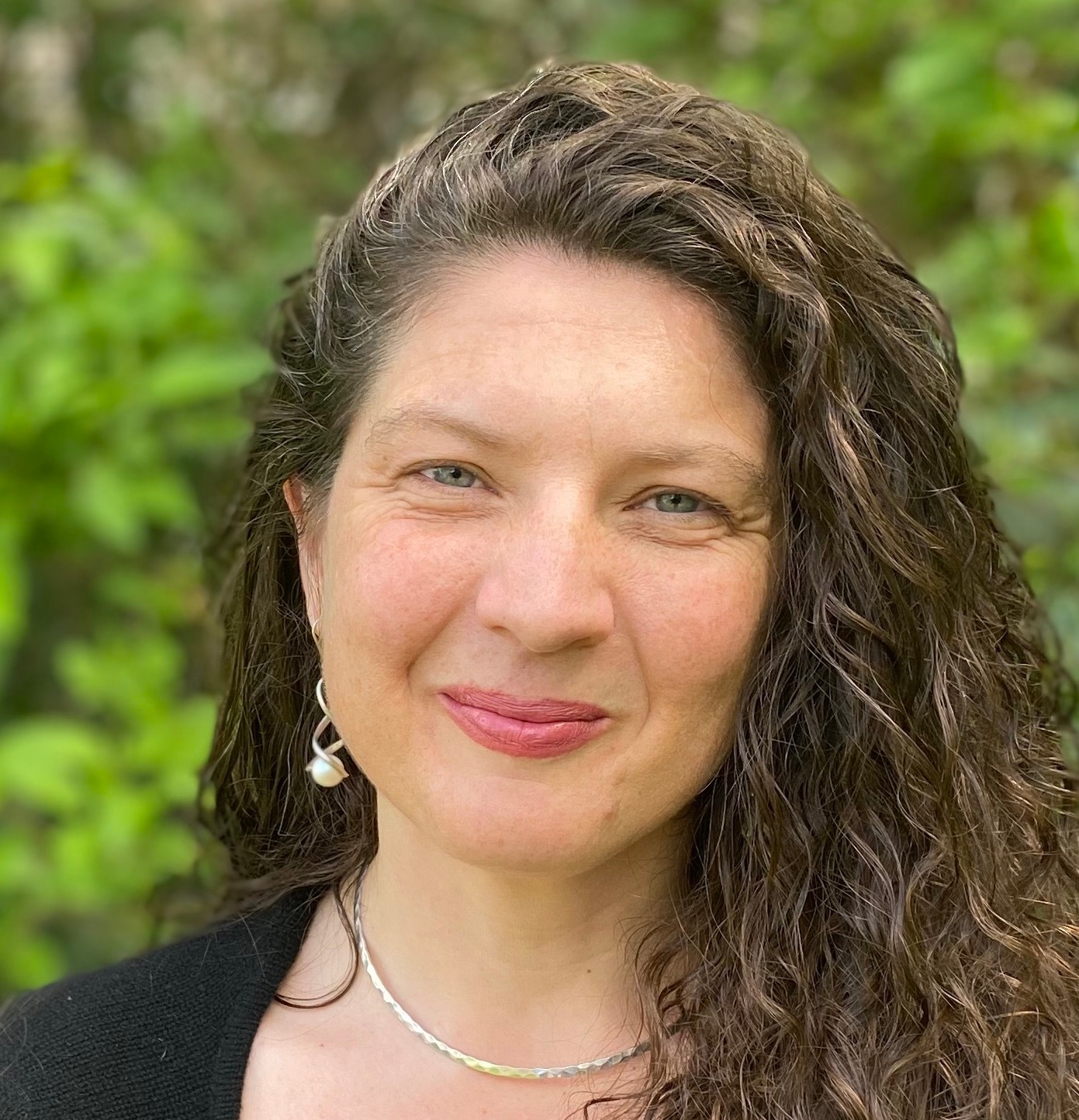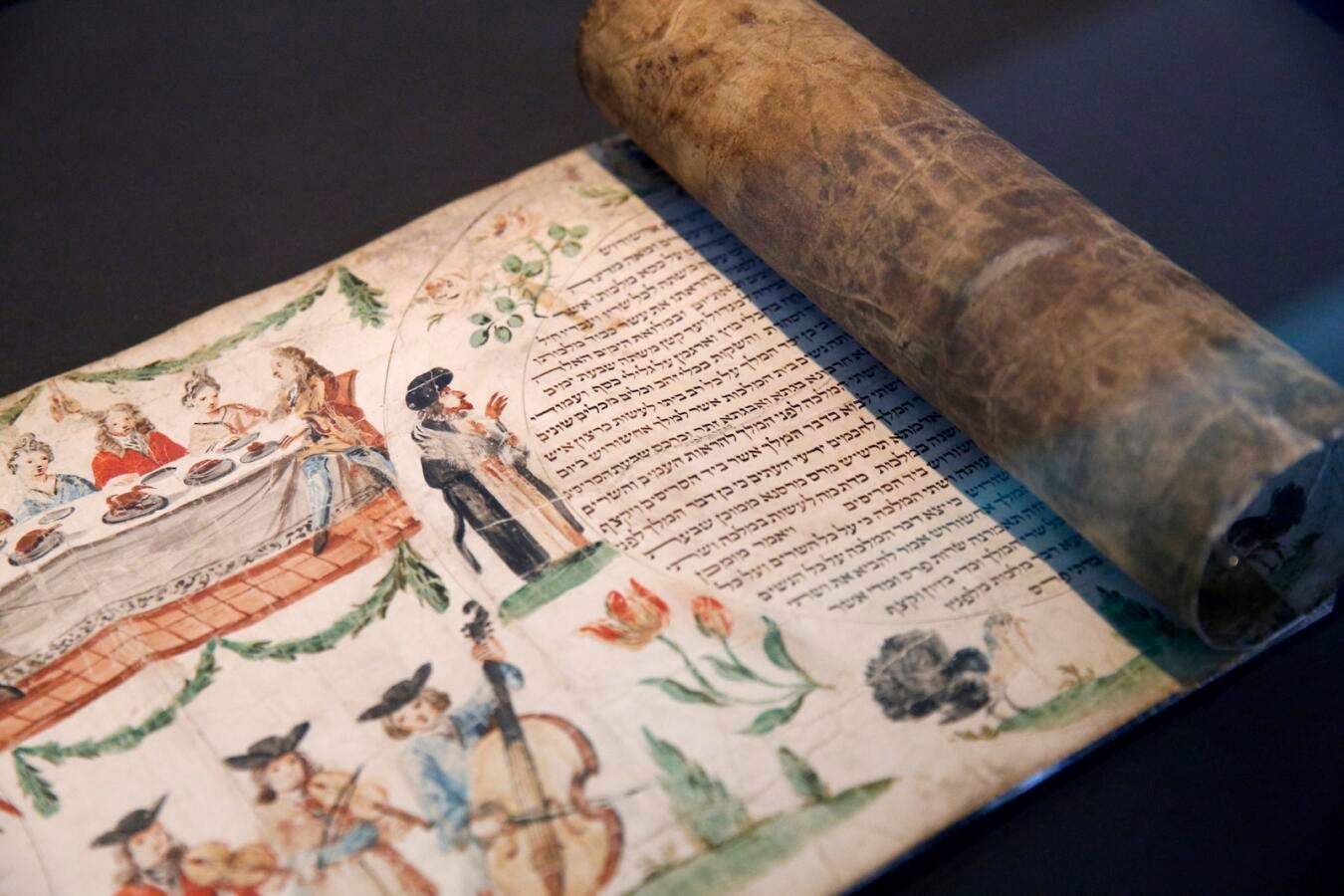Question: Why is it that while there are five megillot (scrolls) in the Bible, we only read the Book of Esther from an actual scroll? Are any of the others written on scrolls?
You are right: The word megillah literally means scroll, so we might then expect that all five biblical texts identified as megillot — the books of Esther, Ruth, Lamentations, Ecclesiastes and Song of Songs — might all be read ceremonially from hand-written parchment rolls. But for the most part, Esther is the only one always read from a scroll.
In fact, some communities do read the other four biblical megillot from parchment scrolls. This is more common in Sephardic than Ashkenazi synagogues. That said, the Vilna Gaon, a major 18th-century Ashkenazi authority, favored this practice as well, and some communities identified with his teachings may use parchment scrolls for all five books. In general, the megillah least likely to be read from a scroll is Lamentations. Since this a tragic text, there is a tradition that scribes avoid writing it out, in the hope that we may one day no longer need to read it.
So why is Megillat Esther the exception? The Mishnah (Megillah 2:2) states explicitly that reading this text from a scroll is a requirement of Jewish law. The precise nature of the quill used to write it, the parchment, the ink and the script that must be used are all delineated. (Interestingly, the rules about what makes a Torah scroll kosher actually derive from this passage). The reason for this emphasis probably comes from the narrative of Esther itself, in which documents are written and sent out to Jewish communities at the climax of the story. What is more, the text reports that when the Jews took it upon themselves to observe Purim in perpetuity, they did so “according to their writing.” (Esther 9:27) So there seems to be something indicated here about the importance of the scroll of Esther itself.
With your help, My Jewish Learning can provide endless opportunities for learning, connection and discovery.
As it happens, none of these references makes use of the word megillah. Instead, they refer to a sefer (book), igeret (letter) or simply k’tav (writing). For this reason, some communities fold the scroll of Esther so it looks like a letter when it is read on the holiday. Others lift the scroll when they come to the word igeret. One way or the other, the scroll itself receives a lot of attention.
Unlike a Torah scroll, the scroll of Esther does not contain God’s name, so it is permissible to illuminate the manuscript or in other ways treat the text more creatively. Some scrolls are miniature, some extra large. In previous generations, many Jewish households owned their own family copy.

Rabbi Sarah Bracha Gershuny is is a writer, ritualist, musician, healer and teacher.



